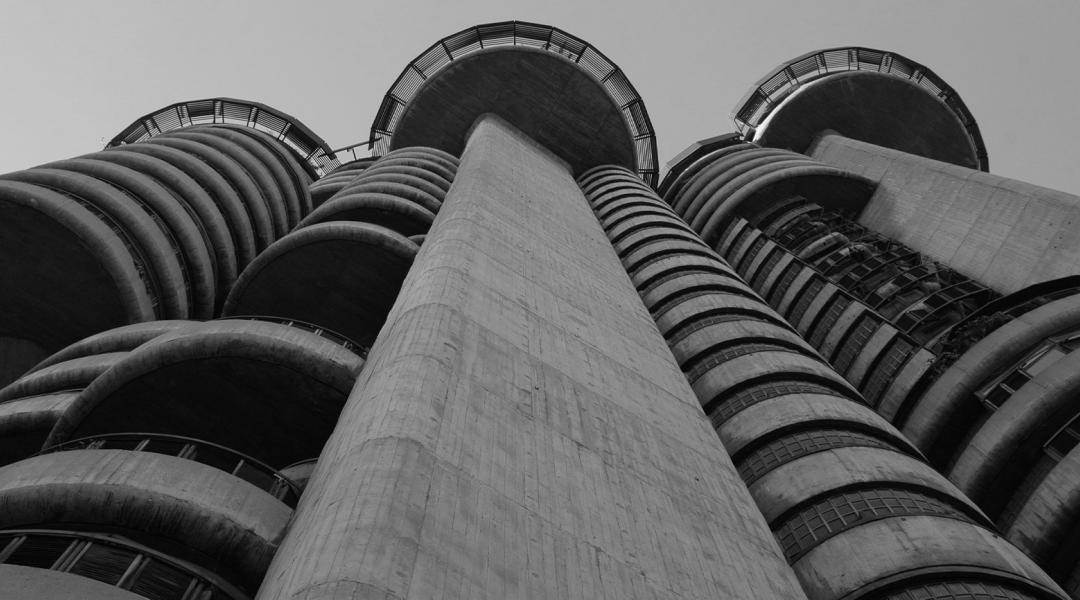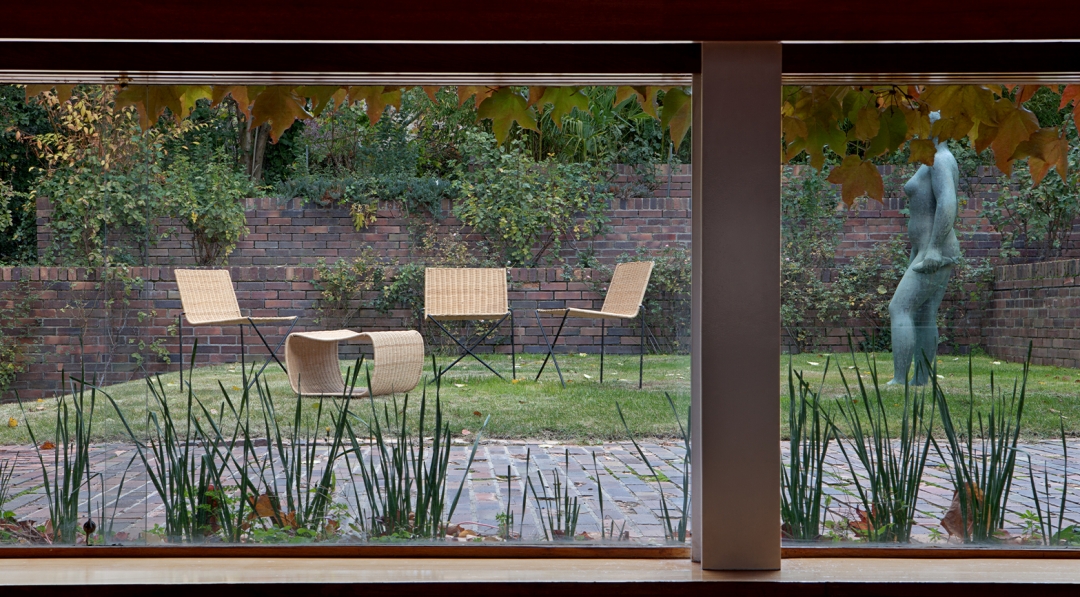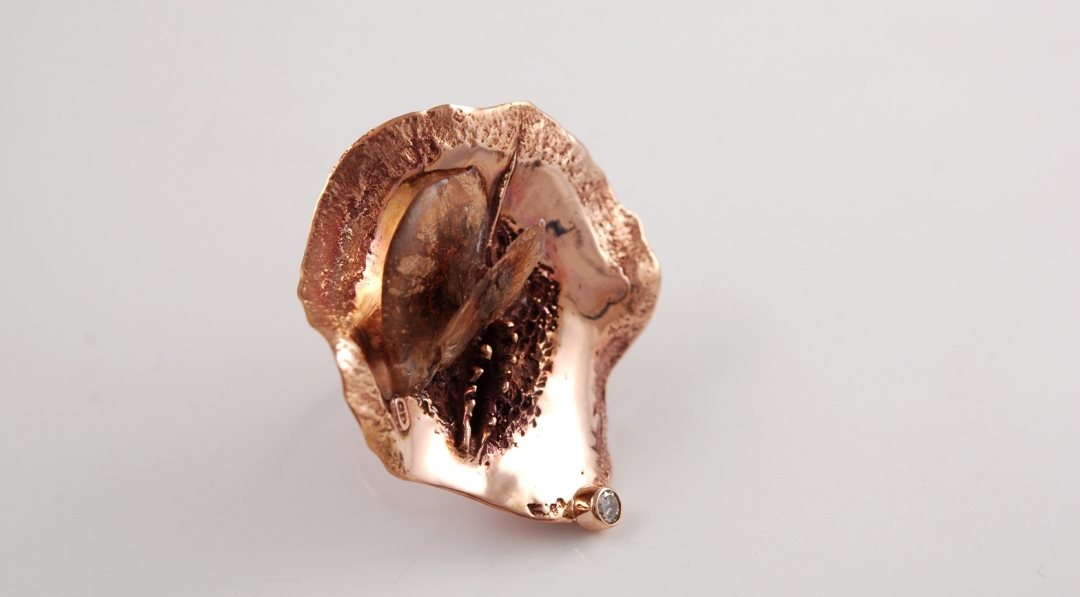Madrid Design Festival 2020
The Design Festival Returns to the Spanish Capital

Madrid Design Festival returns to Madrid in February in order to re-design the world. Aspects such as sustainability or responsible consumption will be ever-present in order to prove design’s capacity as a weapon to change things and achieve a more humane, fair and content society.
Design isn’t disconnected from current reality. For this reason, for its third edition, Madrid Design Festival has created a programme presented as an X-ray of the world we live in, to help us to decipher the world to come. The event will give a voice to the biggest names in national and international design and emerging talent through a programme that will focus on the functional aspect of design, its transformative capacity, its social and educational dimension, the use of new materials, sustainability or responsible consumption. As its director Álvaro Matías highlights, “we live in a world full of global challenges that require practical, sustainable and universal solutions. Madrid Design Festival will show the potential of design to help us to resolve many of the questions that we face. But it’ll also make us reflect and become aware of our responsibility when actively designing the world to come”. The festival includes more than 294 activities, 69 exhibitions, 11 installations and more than 400 experts in this edition.
A large part of this year’s programme will offer proposals and initiatives that start within our immediate surroundings but that transcend the local sphere to resolve global issues. “Above all, we’re challenged with creating a more humane, fair and happy world. We need optimism and willingness to resolve the global challenges of the future that’s already here. One of the main tools for society to change things is design”, adds Matías.
Exhibitions, installation and awards
One of the main stages of the festival is the Fernán Gómez. Centro Cultural de la Villa, that houses the exhibitions produced by the festival. This is the case of Nature Morte Vivante, by Patricia Urquiola, a large exhibition of the work of the most universal Spanish designer.
Furthermore, I work! Because that’s what I’m like will show how industrial design has been responsible for creating the setting that we currently move in. This exhibition will also spill onto the city’s streets with a proposal using street furniture to reclaim the functionality of everyday objects.

Image of the exhibition ‘I work! Because that’s what I’m like’. The exhibition can be seen at Fernán Gómez. Centro Cultural de la Villa, showing the role of industrial design in creating current settings. © Courtesy of La Fábrica
Within the Talento a bordo initiative, Iberia presents a space in the Sala de Columnas of the Conde Duque Centre that invites visitors to check our consumption habits through three experiential installations. An action created by Viernes and Lo Mínimo that generates new maps through geo-design, food design, experiential design or contextual design, that comes from Iberia’s commitment to its sustainability goals. It includes the collaboration of Elsa Yranzo, Hyperstudio, Plutarco, LANOCHE and Joel Blanco.
“One of the main tools for society to change things is design”
Visitors to COAM will enjoy the exhibition H Muebles. Between industry, architecture and art. The exhibition will dive into the great modernisation of Spanish society achieved by the Huarte family in several fields within industry and the arts. Additionally, COAM will house the finalist pieces of the Rado Star Prize Spain 2020 and the winners of the Andreu World Design Award.

Image from the exhibition ‘H Muebles. Between industry, architecture and art’, at COAM. © Courtesy of La Fábrica
The Palacio de Santa Bárbara will transform to show Tomorrow’s Homes, by IKEA, Ikano Bostad and the SPACE10 research laboratory. The Swedish brand suggests designing a better day to day for people in their homes and aims to anticipate what homes will be like in 2030.
The Museo Nacional de Artes Decorativas [MNAD, National Museum of Decorative Arts] will participate with six exhibitions. Hope and Utopia. Design from 1900 to 1939 will look at the history of mainly European design. The 4th Exhibition of modern silversmithing and jewellery will exhibit original and unpublished pieces and sketches by forty jewellery and silversmithing designers. Now on. Graphic Artists in MNAD 1900-1936 will reveal one of the most unknown collections at the centre for the first time: a selection of poster sketches painted with water-colours. Furthermore, Los Díez were also postmodernists will exhibit an eclectic selection of furniture pieces developed by this studio in Madrid at the beginning of their journey as product designers in the 90s. Tot Cor. The Design of Love is an artistic and collaborative project curated by artist Pepa Reverter, in collaboration with Fundación Miquel Valls, that helps people with ALS.

Quintessenza ring, by Andreia Gabriela Popescu. At the ‘4th Exhibition of modern silversmithing and jewellery’ at the Museo Nacional de Artes decorativas. © Adina Tocmelea / Courtesy of La Fábrica
In turn, the Museo del Traje (Fashion Museum) will offer Open by Design. Industrial Design and Urban Product in the 60s a route sharing some of the most emblematic pieces in industrial design within their collection.
The ICO Museum will participate with the exhibition Sáenz de Oíza. Arts and Trades. Framed within the celebrations of the centenary of his birth, the exhibition will explore the relationship between his architecture and artists that he collaborated with throughout his life, such as Eduardo Chillida, Pablo Palazuelo or Jorge Oteiza.
Meanwhile, Tabacalera contributes to the festival with Tout va Bien, the first retrospective dedicated to artist Joan Rabascall.
Di_MAD/ Design Centre will host Fresh Product 2020, a project that will publicise the best in product design in the last year by designers from Madrid or produced by businesses from the region. Additionally, Complementary 2020 will show projects by designers that are an example of creativity, innovation and sustainability. And, lastly, Slow Fashion Next 2020, with business proposals to face the big challenges that fast fashion entails.
The festival is completed with tours and workshops created by some of the essential museums that make up Madrid’s cultural landscape. We highlight the activities suggested by the National Archaeological Museum, that will organise guided tours of Designs for the future. The first objects designed by man; the Museo del Romanticismo, that suggests a route through Hairstyles in the Romantic era; and Museo Cerralbo, and its visits under the theme Design before design. 19th-century interiors of the Cerralbo Museum. CaixaForum adds to these guided tours its History of the building which will allow us to discover all the facets of this emblematic building; and Painting. A permanent challenge which will present the key topics of the exhibition under the same name that brings together an important selection of works in the La Caixa Collection.
Also, Madrid Design Festival will participate in the urban space with several installations throughout the capital, such as Electric Green by MINI, which reflects on the importance of preserving nature within the city and which will transform the iconic vertical garden at CaixaForum into a dreamscape.
Lastly, the Explanada del Rey, at Casa de Campo, will be another of the landmarks in the city with MultiPly, an installation by AHEC that responds to two of the biggest challenges of our time, such as the increasing demand for housing and the urgent need to fight climate change.
COAM will also host professional activities on February 13, 14 and 15 at Madrid Design PRO, also with the collaboration of Iberia, with a programme including conferences, master classes and workshops. Among the participants, we’ll hear from voices such as the master of automotive design Giorgetto Giugiaro; Swiss graphic designer Bruno Monguzzi, who created the launch image of the Musée d'Orsay; visual artist and stage designer for artists such as U2, The Rolling Stones or Lady Gaga Willie Williams; or Pepe García, founding member of CuldeSac. Professional visits will include Deyan Sudjic, director of London’s Design Museum; Izaskun Chinchilla, doctorate in architecture and director of her own studio; Renata Becerril, design curator and critic; or Gilly Craft, director of the design and architecture studio Koubou Interiors. Additionally, COAM will become the stage for the Madrid Design Festival Awards, on February 12. A month to learn all about the best national and international design.


